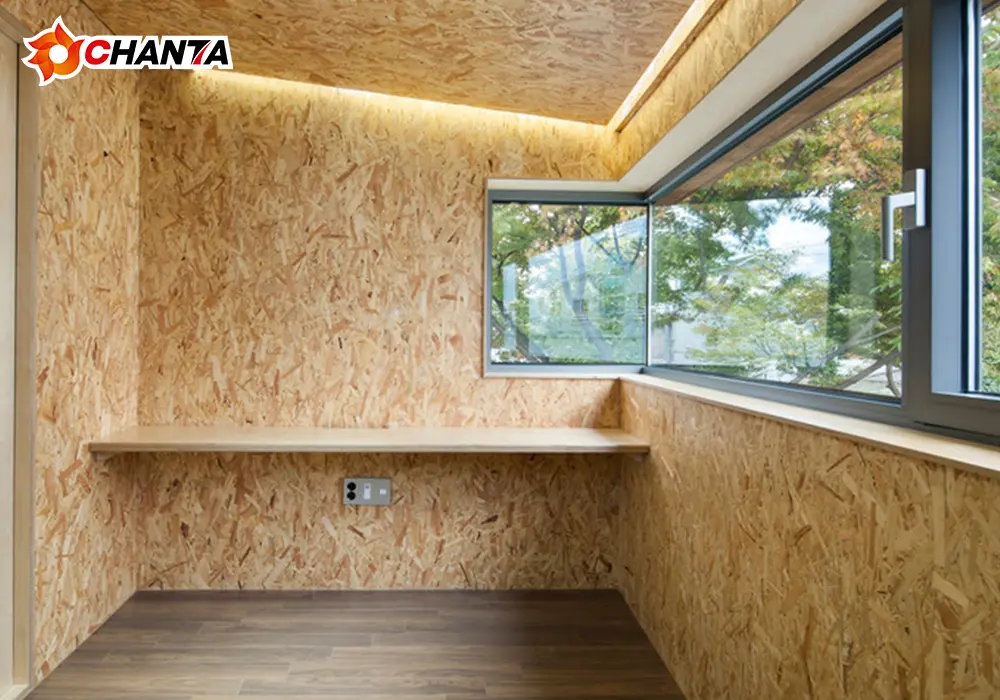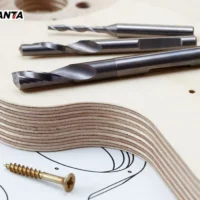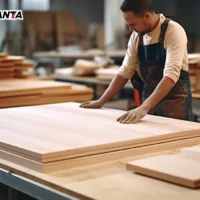Table of contents
OSB (Oriented Strand Board) is a common material in construction projects. It offers strength, affordability, and versatility. However, its suitability for outdoor use depends on certain factors. Understanding these will help you decide if it fits your needs.
Characteristics of OSB
It consists of wood strands compressed with resin and wax. This process gives it strength and uniformity. Builders often use it for walls, roofs, and subfloors. However, its performance outdoors varies based on its type and exposure.
Types of OSB for Outdoor Use
Not all it work well in outdoor conditions. Manufacturers produce different grades for specific purposes. Knowing these grades ensures better decision-making:
- OSB/1: This grade is for indoor, non-structural applications. Avoid using it outside as it cannot handle moisture.
- OSB/2: It suits load-bearing applications but only in dry environments.
- OSB/3: This type works in humid conditions. Use it for outdoor projects with some protection.
- OSB/4: The strongest type, it handles heavy loads and high moisture. Ideal for demanding outdoor applications.

Challenges of Using Outdoors
It faces challenges when exposed to moisture. Its wood strands absorb water, causing swelling or delamination. Long-term exposure weakens its structure. Without proper sealing, it deteriorates quickly in outdoor environments.
How to Make Suitable for Outdoor Use
You can extend the lifespan of it outdoors with proper preparation. Follow these tips:
- Choose the Right Grade: Use OSB/3 or 4 for outdoor applications.
- Seal the Surface: Apply a waterproof sealant or paint to protect against moisture.
- Use Protective Barriers: Install a weather-resistant barrier like house wrap over the.
- Ensure Proper Drainage: Keep water from pooling around the to prevent damage.
- Cover Exposed Edges: Seal edges with paint or tape, as they absorb moisture the fastest.
Alternatives to OSB for Outdoor Use
If it doesn’t meet your requirements, consider other materials. Plywood offers better water resistance in exterior grades. Pressure-treated wood provides excellent durability for outdoor settings. Fiber cement boards work well for siding and resist moisture effectively.
Conclusion
It can work for outdoor use if you select the right grade and prepare it correctly. Always assess your project’s needs before choosing materials. Protecting it against moisture ensures better performance and longevity in outdoor conditions.
Articles you may be interested in.





















